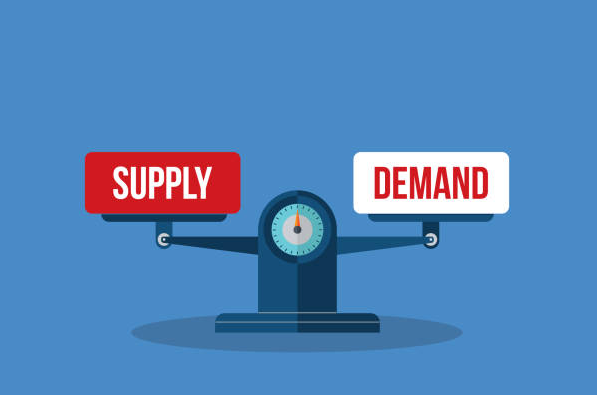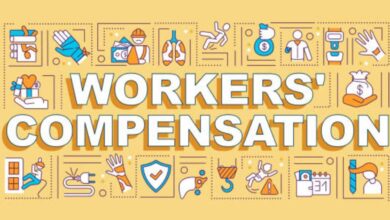The Importance of Production Line Balancing: Maximizing Efficiency and Reducing Costs

Balancing your production lines is a critical part of any supply chain. You want to make sure that you always have the right amount of product at the right time so that you don’t run out or end up with too much of it. Production line balancing helps ensure that your business is operating as efficiently as possible, which will lead to lower costs and better profits over time.
Production Line Balancing Has a Direct Impact on the Efficiency of Your Entire Production System
Production line balancing has a direct impact on the efficiency of your entire production system. Balancing helps you maximize efficiency and reduce costs by ensuring that every machine in your plant is being utilized as much as possible, without overloading any one piece of equipment. This means that you can make more products with less labor and materials, which translates into significant savings for your business.
Balancing is not a one-time thing; it’s an ongoing process that needs updating regularly as new equipment comes online or existing machines break down or wear out.
Production line balancing requires constant attention so that you don’t fall behind in production levels when there are problems with certain machines–and because these issues will happen from time to time (no matter how good your maintenance team is), having some extra capacity built into each station will ensure nothing falls through the cracks due to lack of manpower or parts availability issues at any given moment during operations at any given time during operations at any given place within our facility where we manufacture our products using processes developed specifically because they maximize efficiency while reducing costs over long term periods while still allowing us flexibility when necessary so we can meet customer demand quickly without sacrificing quality standards.”
Read Also: Maximizing Profits with Price Discrimination Strategies
It’s Good to Have More Than One Supplier
Suppliers are not always perfect, and you should always be prepared with a backup supplier in case your primary supplier fails to deliver on their promises or goes out of business.
If you have multiple suppliers, you can also negotiate better terms with each of them because there is competition between them–they will want your business and will need to offer competitive pricing to win it!
Production Line Balancing Can Help You Identify Solutions to Problems in Real Time
Production line balancing can help you identify solutions to problems in real-time. With a properly balanced production line, you’ll be able to spot problems early and act on them before they become major issues.
The data provided by a production line balancer can be used to improve your process, whether it’s by improving your machinery or changing how employees work together on the assembly line.
Balancing is not Something That Happens Overnight
Balancing is not something that happens overnight. It’s a process, and it takes time to get right. The first step in balancing your production lines is getting all of your equipment set up so that they can be operated by one person with minimal supervision. This way, you’ll only need one person running each line instead of two or three people working together to get things done efficiently.
Once all of this has been done, then comes the balancing part: determining how much work each station should be doing at any given time so that everything runs smoothly without any bottlenecks or other problems occurring along the way. You may find yourself making adjustments here and there until everything feels right; however, once again–balancing isn’t something that gets completed overnight!
Balancing is an ongoing activity because every time something changes (for example: adding new equipment), then we have another opportunity where we could potentially improve upon our existing processes by making further adjustments based on what we’ve learned thus far about how best utilize those resources within our facility.”
It’s Important to Have Long-Term Plans for Your Balancing Strategy
Long-term plans are important because they can help your business plan for the future. To create a long-term plan, you need information about your current production line and its capacity.
You also want to know what products you want to produce in the future, as well as how much demand there will be for these products. Once this information has been gathered, it’s time for analysis!
The first step is determining whether or not it makes sense for your company to expand its current production capacity or build an entirely new facility (e.g., building another factory). If expansion is warranted, then next up is deciding where exactly that expansion should take place–at home or abroad.
This decision will depend on many factors such as labor costs at each location relative to one another; transportation costs between locations; availability of raw materials near proposed sites etcetera…
It’s Important to Implement Production Line Balancing Software
Production line balancing software like LineView is a crucial tool for maximizing efficiency and reducing costs. It allows you to find out exactly how much time each step of your production process takes so that you can make changes that streamline it.
This type of software also helps ensure that you’re getting the most out of your workforce by giving them tasks they’re best suited for, based on their skillsets and talents.
The best way to choose the right production line balancing software is by doing some research into what’s available in the market today–and then figuring out which features meet your needs as an individual business owner or manager.
Once this has been done, implementing the new system should be relatively straightforward (though there may be some initial teething problems). The key thing here is making sure everyone knows exactly how they should go about using their new tools effectively before starting work on them full-time!
Production Line Balancing is Essential
Production line balancing is essential for any business looking to maximize efficiency and reduce costs over the long term. The process requires you to identify problems in real-time, which can help you implement solutions more effectively. Balancing is not something that happens overnight; it takes time, patience, and a long-term vision for your balancing strategy.
Once you’ve determined which products need a makeover, consider implementing production line balancing software so that you can stay on top of things from start to finish. This will give you complete control over every step of the process–from ordering materials through delivery–and make sure everything gets done correctly every single time.
Conclusion
Production line balancing is an essential part of any business that wants to maximize efficiency and reduce costs over the long term. Production line balancing software can help you identify solutions to problems in real-time, so it’s good to have more than one supplier.
It’s also important to have long-term plans for your balancing strategy so that when something goes wrong on one side of the line, there are other areas with spare capacity available for immediate use until repairs can be made.







